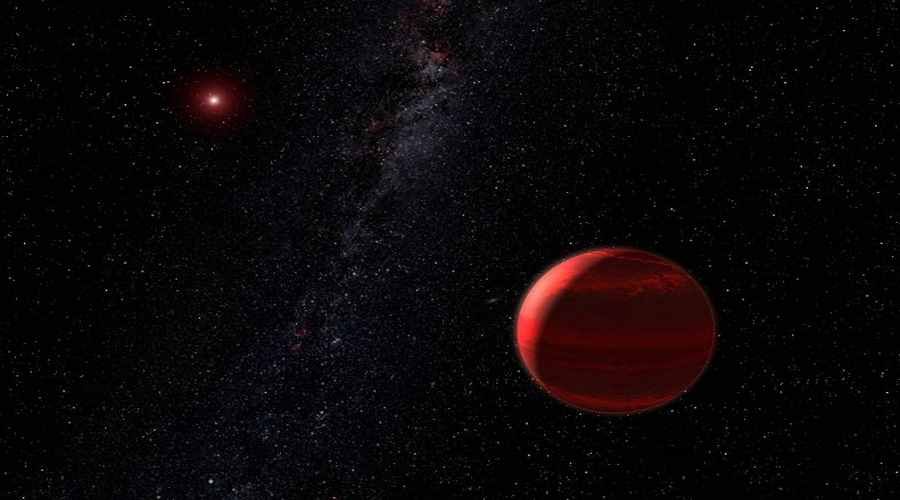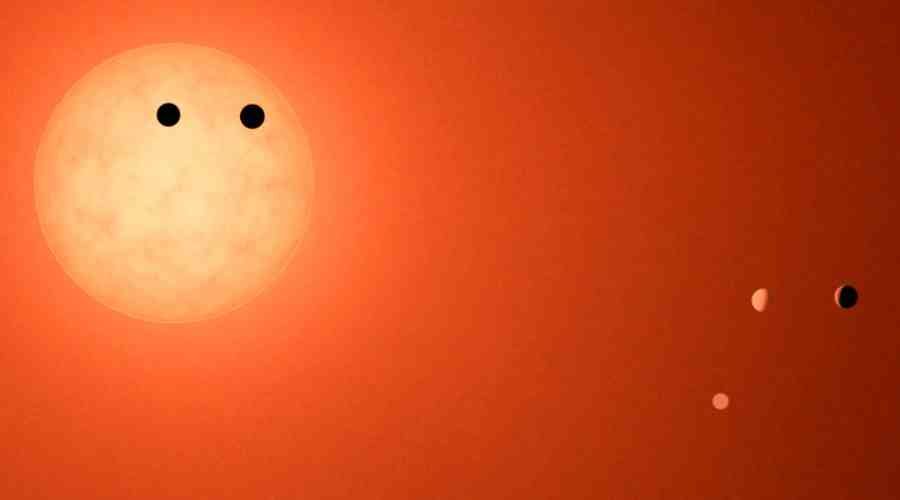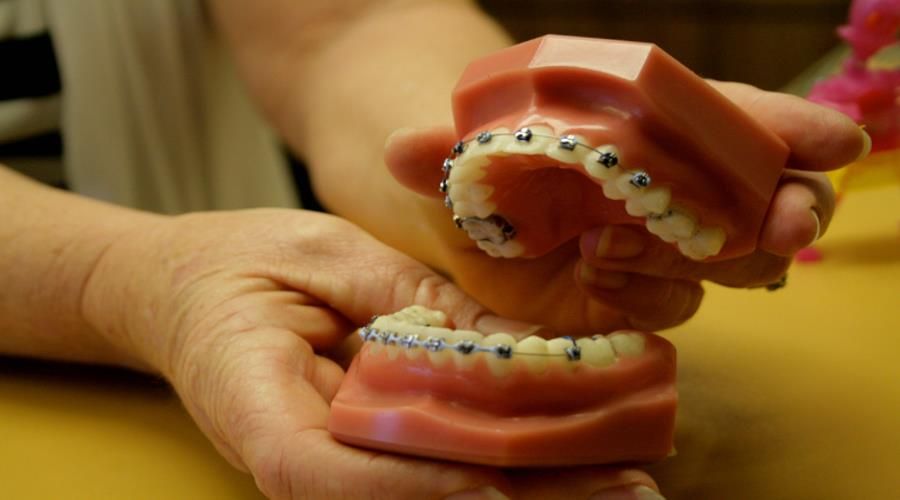Brown dwarf – instead of two planets
A brown dwarf, rather than one or two planets, is likely orbiting around the double star system named NSVS 14256825. This is indicated by the latest research conducted by scientists from Poland and Turkey.
The system, designated NSVS 14256825, is a pair of stars with któof which one has a mass of 0.4 solar masses and the other 0.1 solar masses. Stars go around wspólny center of mass every less than three hours. Observations of eclipses of one star by another allowed astronomers to determine the presence of a third component in the system – it is a brown dwarf. It orbits the pair of stars with a period of 10 years, which is slightly less than the period of Jupiter’s rotation around the Sun.
The brown dwarf in the NSVS 14256825 system appears to have a mass 14.75 times that of Jupiter – This has been established with an accuracy of better than 1 percent.
Such a sizable mass of the object means that it belongs to the category of the so-called “double star”. brown dwarfóin, rather than to planets. Thus, the Polish-Turkish teamóThe researcher has cast doubt on earlier reports of the discovery of one or twoóch Jupiter-type planets in the NSVS 14256825 system.
Brown dwarfs are objects with masses intermediate between planets and stars. They are sometimes referred to as "failed stars", because they have a mass that allows the synthesis in their interiors of deuterium into helium, but too small for the reactions to occur synthesis of hydrogen into helium, which is the primary source of theóThe source of energy in stars. Brown dwarfs are assumed to have masses between 14 and 80 Jupiter masses.
Observations of more than 20 other systemsóin the stellar
The NSVS 14256825 system has been observed for 17 years, with a Polish-Turkish teamół has been making observations of it since 2009. Five telescopes are being used for this purposeóin, including – in Poland. These are: a 50 cm telescope owned by the Jagiellonian University Astronomical Observatory, a 60 cm telescope owned by the Astronomical Observatory of the Pedagogical University of Cracow at Suhora, a 1 m Turkish telescope at TUBITAK National Observatory, a 60 cm Turkish telescope owned by Adiyaman University Observatory and a 1.3 m Greek telescope from Skinakas Astronomical Observatory in Crete.
The part of the research team includes: prof. Krzysztof Goździewski of the Center for Astronomy at Nicolaus Copernicus University in Toruń, Dr. Agnieszka Słowikowska, Dr. Krzysztof Krzeszowski, Eng. Michal Zejmo – from the Institute of Astronomy of the University of Zielona Goraórski, prof. Staszek Zola, Dr. Dorota Kozieł-Wierzbowska, Bartłomiej Dębski – from the Astronomical Observatory of the Jagiellonian University in Cracow, and Dr. Waldemar Ogłoza and Marek Dró¿¿ from the Astronomical Observatory of the Pedagogical University on Suhora. The Turkish part of the team includes Drs. Ilham Nasiroglu and Huseyin Er from Ataturk University in Erzurum, and Nazli Karaman from Adiyaman University.
The results of the research are presented in the paper, whichóry will be published in an American scientific journal „Astrophysical Journal”.
Researchers hope to discover more brown dwarfs or planets. They are currently conducting observations of more than 20 other systemsóin stars, with których can have this type of objects.





